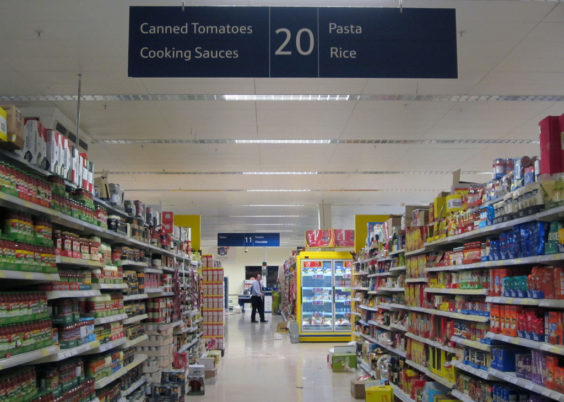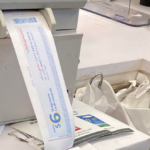
Hundreds of coupons for new products appear in our Sunday newspaper inserts every year. Nearly two-thirds of shoppers say they like using coupons to try new products. But as many as 80% of all new grocery products fail to catch on.
So are all of those coupons part of the problem, or the solution? One coupon provider says it’s a bit of both.
That finding comes in a new study from Catalina, the company that provides the coupons that print at the cash register when you check out. In “New Product Traction Through Targeted Shopper Interaction,” Catalina emphasizes the need to target the right shoppers at the right time with the right offers – otherwise, those new-product coupons are just going to waste.
How many times have you seen a new product advertised in a Sunday insert, along with a coupon, so you clip it out, head to the store – and find that it’s not even stocked? All you can do then, is hold onto the coupon and hope the product shows up before it expires – or, more likely, toss it.
And a fat lot of good a coupon like that does.
“Advertising and promotions too often are poorly timed with the availability of new products in stores, wasting significant resources on shoppers who cannot buy,” the Catalina report reads.
On average, the study found that it took 28 weeks for a new product to become available to the majority of shoppers. If companies promote their new product too early during that period, they risk disappointing shoppers who can’t find it in their local store. If they wait too late, the product will languish on the shelves of stores in which it is available, taking up space and not selling, until shoppers are finally made aware of it.
Then there’s this finding – less than 1% of shoppers account for 80% of sales of new products. If the manufacturer of a new product can’t engage that 1%, the product launch may be doomed to fail. So it’s not only the timing of promotions and coupons that’s important, the report finds, it’s reaching the right people.
A potential solution, you may not be surprised to hear in a report from Catalina, is targeted coupons delivered straight to shoppers who are most likely – and able – to buy. Just like the coupons that Catalina provides!
“Catalina-powered marketing is activated store-by-store as soon as the new product scans at checkout for the first time,” Catalina’s Senior Vice President of Strategy Marla Thompson said in a statement. “This ensures that the right shoppers become aware of the new item as soon as it becomes available in each store.”
Overall, however they’re delivered to shoppers, several studies have found that coupons remain key to a new product’s success. “Coupons are a core component of most new product launch plans, and in 2014 the market saw a continued elevation in the number of new products launched,” the coupon processing and analytics company Inmar found in its annual promotion industry analysis. Figures from Kantar show that 370 new products were advertised in coupon inserts last year, offering a total of 819 individual new-product coupons.
That’s a lot of new products – and a whole lot of coupons. Good news, for the 64% of shoppers who told News America Marketing earlier this year, that they will clip coupons in order to try a new product.
Of course, getting people to try a new product is only half the battle. Getting them to buy it again is key. And Catalina says just 11% of those who try a product when it launches, will still be purchasing it a year later.
So keep those coupons coming. They could mean the difference between a new product that succeeds – and the 80% that end up on the scrap heap.











Good points. One of the other issues we see besides stocking is the brand will run a marketing campaign with coupons for a new product and there is absolutely no information about the new product on the brand’s website.